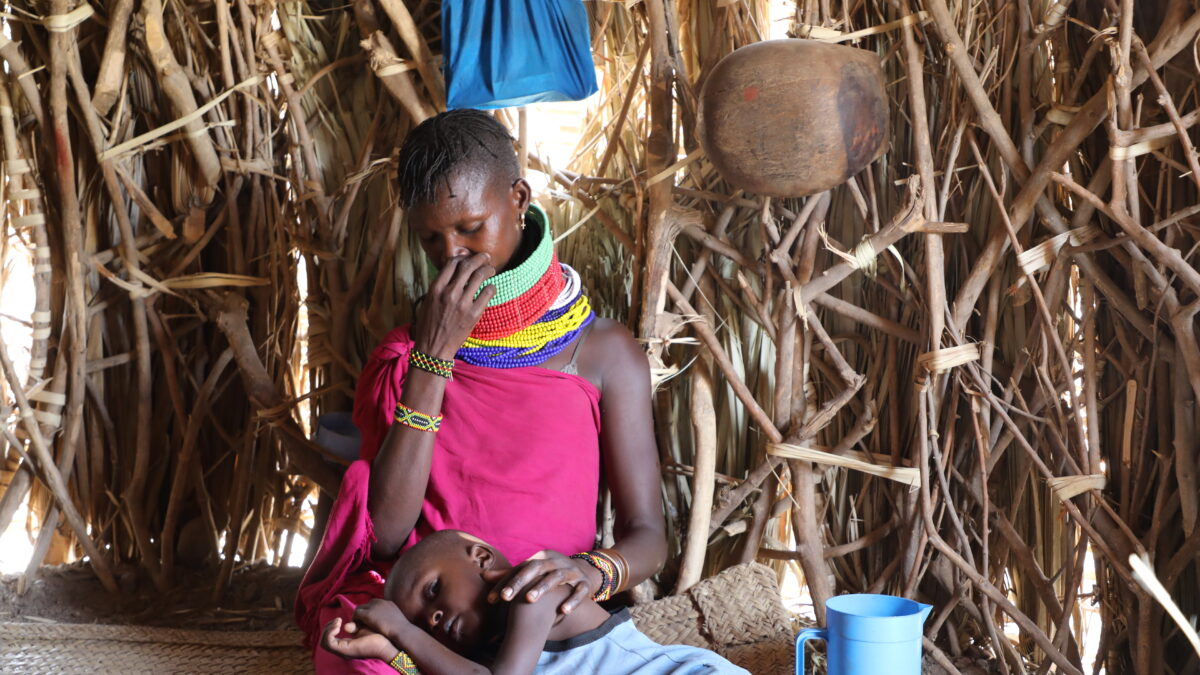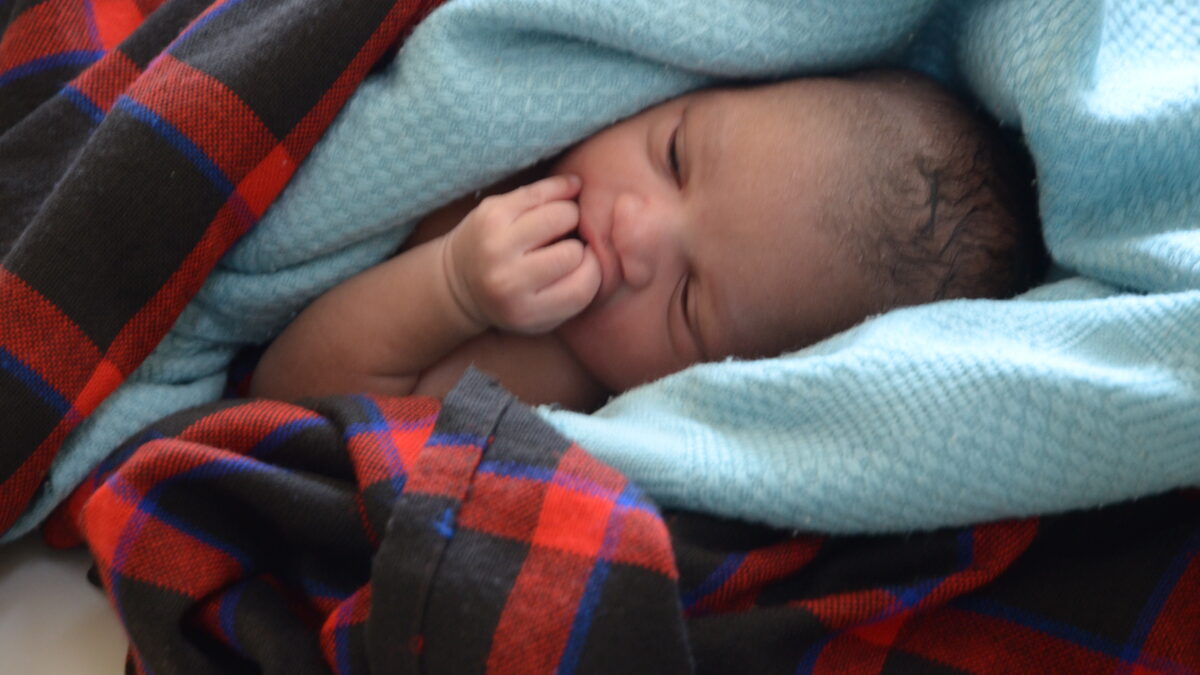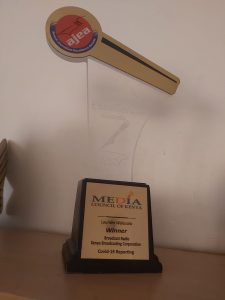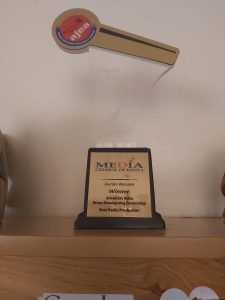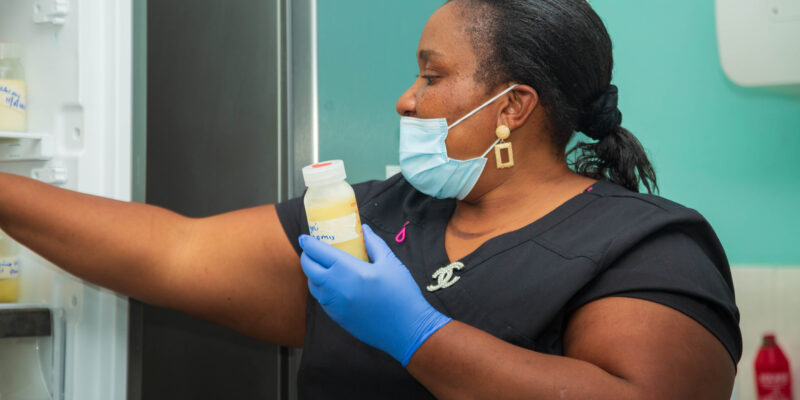
“This one was born two weeks ago, but the mother died. The father will take him home when he is ready. And this one was abandoned. She has been here with us for two months now,” said the nurse pointing at two babies sleeping peacefully and unaware of what was going on in their young lives at that particular moment.
These babies need breast milk to kick start good health; unfortunately, the mothers are unavailable.

Photo credits: istockphoto
When a mother’s milk is not available for one reason or another, the World Health Organization recommends the provision of pasteurized donor human milk for babies with special nutritional needs, for example, preterm or sick babies receiving care in the neonatal intensive care unit or have medical conditions that require a human milk diet.
Breastmilk sharing is not a new phenomenon though it is not common. In Kenya, wet nursing is believed to have started way back in the olden days when a mother who fell ill or died during childbirth would have her baby breastfed by another woman who raised the child as their own.

In March 2019, The Ministry of Health and development partners launched the first human milk bank at the Pumwani Maternity Hospital as a pilot project to test if it could reduce neonatal deaths. And it has, for sure.
You could be wondering how does the human milk bank operate? Is it just expressing the milk from the boobies and giving it to the next available vulnerable baby, kienyeji?
I, too, had all these questions until I visited the Human Milk Bank at the Pumwani Maternity Hospital up close and personal. Listen to the podcast below aired on KBC English Service to glimpse the Human Milk Banking process.
As always, thank you for stopping by!


